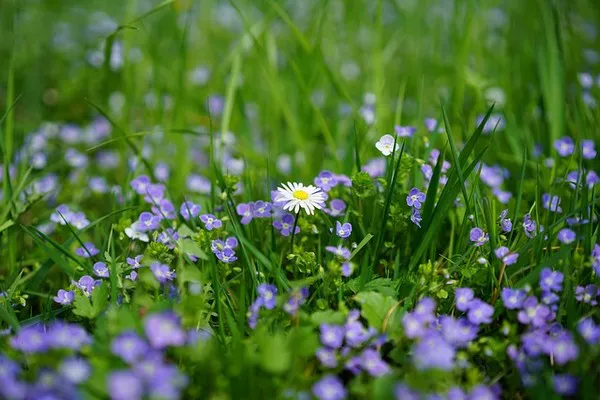Plants are fascinating organisms that come in a myriad of shapes, sizes, and structures. Among the various components that contribute to their complexity, roots stand out as essential structures for most plants. However, the question of whether all plants have roots is a nuanced one, delving into the diverse world of plant life. In this article, we will explore the role of roots in plant biology, examine exceptions to the rule, and shed light on the fascinating adaptations that some plants have developed in the absence of conventional root systems.
The Role of Roots in Plants
Roots are crucial for the survival and well-being of most plants, serving various functions that contribute to their overall health. One primary role of roots is to anchor the plant securely in the soil, providing stability against environmental factors such as wind and rain. Additionally, roots absorb water and essential nutrients from the soil, facilitating the plant’s growth and development.
Roots also play a pivotal role in storing reserve food materials, enabling plants to endure periods of adversity, such as drought or nutrient scarcity. Furthermore, they establish a symbiotic relationship with beneficial microorganisms, enhancing nutrient uptake and overall plant health. Given these vital functions, it is commonly assumed that all plants possess roots as an integral part of their anatomy.
Exceptions to the Rule
While the majority of plants do indeed have roots, there are fascinating exceptions that challenge this conventional understanding. One notable group of exceptions is the epiphytic plants, which include various orchids, ferns, and bromeliads. Epiphytic plants typically grow on other surfaces, such as tree branches, without being anchored in the soil.
Instead of traditional roots, epiphytic plants often develop specialized structures called aerial roots. These roots absorb moisture from the air and rain, along with nutrients from decaying organic matter on the host surface. Epiphytic orchids, for example, showcase intricate adaptations, with their aerial roots possessing a unique velamen layer that aids in water absorption.
Similarly, some aquatic plants have evolved adaptations to thrive without traditional roots. Floating plants, such as water lilies, feature specialized structures that help them absorb nutrients directly from the water. These plants often have modified root systems adapted to their aquatic lifestyle, allowing them to extract essential elements from the water column.
Furthermore, certain succulent plants, like cacti, have adapted to arid environments by minimizing their reliance on extensive root systems. Instead, they store water in their fleshy stems, reducing the need for extensive underground structures. While cacti do have roots, these are often shallow and spread widely to capture rainwater quickly.
See Also How To Grow Strawberry Plants?
Adaptations in the Absence of Roots
Intriguingly, there are plants that have developed alternative mechanisms to sustain themselves in the absence of conventional roots. One notable example is the genus Utricularia, commonly known as bladderworts. These carnivorous plants live in aquatic environments and possess specialized structures called bladder traps, which help them capture and digest small aquatic organisms.
Bladderworts exhibit a unique adaptation where they do not rely on traditional roots for nutrient absorption. Instead, they have a finely branched structure called rhizoids, which anchor the plant and aid in water absorption. The main nutrient source for bladderworts comes from their carnivorous habits, as they absorb nutrients directly from their prey through the bladder traps.
In a different botanical realm, certain parasitic plants, like the dodder (Cuscuta), have evolved to thrive without extensive root systems. Dodder is a parasitic vine that wraps around the stems of host plants, extracting water and nutrients directly from their hosts through specialized structures known as haustoria. While dodder lacks traditional roots for soil anchorage and nutrient absorption, it has developed a highly effective strategy to obtain essential resources from its host.
Conclusion
While roots are a defining feature for the majority of plants, the exceptions to this rule underscore the remarkable diversity and adaptability within the plant kingdom. Epiphytic plants, aquatic species, succulents, and specialized carnivorous and parasitic plants have evolved unique strategies to thrive in their respective environments without conventional root systems.
Understanding these exceptions not only deepens our appreciation for the ingenuity of plant life but also challenges preconceived notions about the essentiality of roots for plant survival. As researchers continue to explore and uncover the intricacies of plant biology, the question of whether all plants have roots serves as a gateway to unraveling the fascinating mysteries of the plant world.


